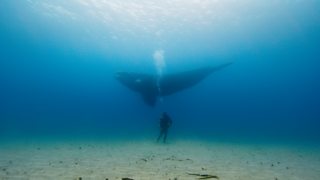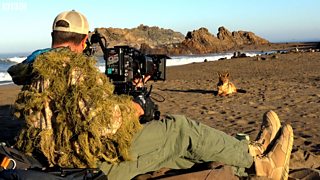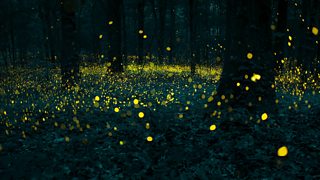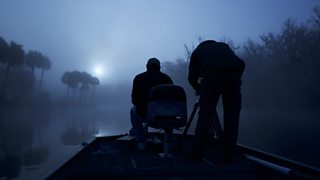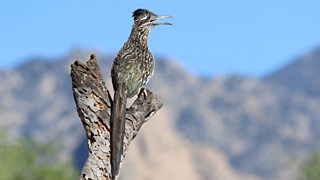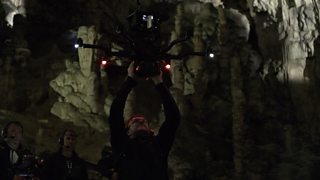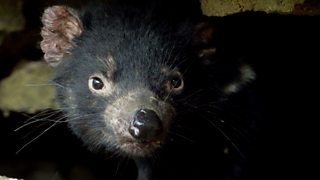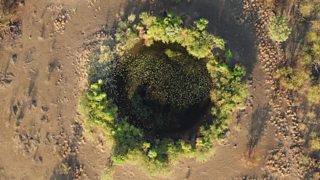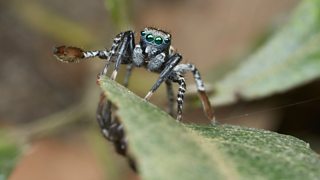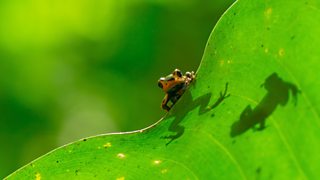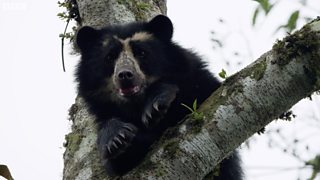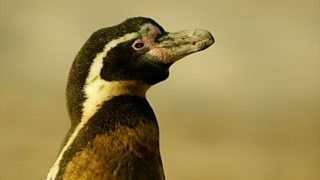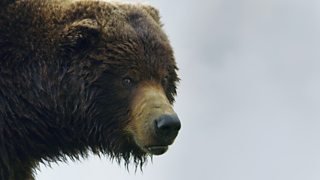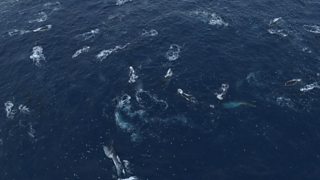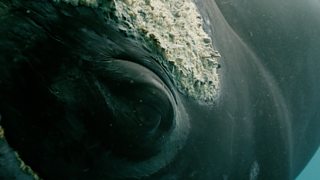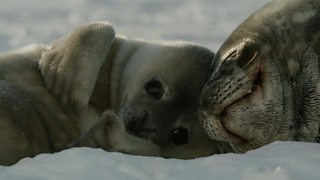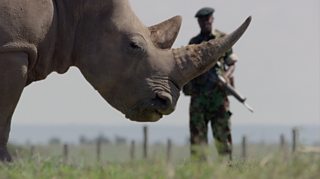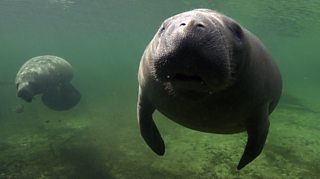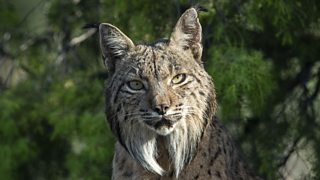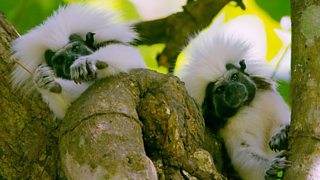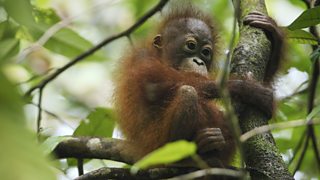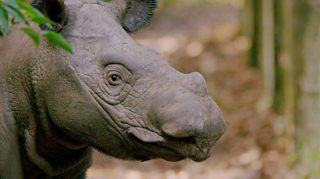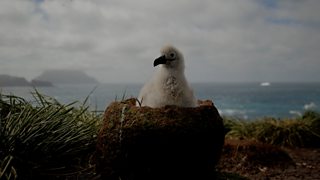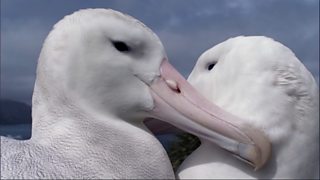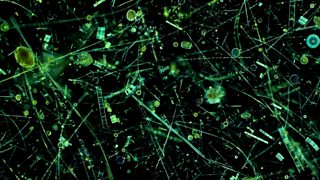A fish tale with a twist
By Giles Badger, Producer & Tom Parry, Researcher on Seven Worlds, One Planet
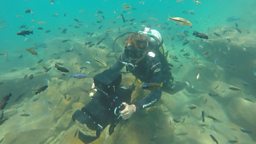
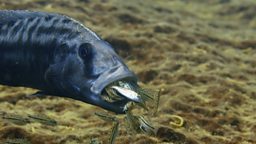
Over 1,800 species of cichlid fish live in Africa’s Rift Valleys lakes. In this crowded world, many cichlid species use ‘mouth-brooding’ to both incubate their eggs, and protect their young.
many cichlid species use ‘mouth-brooding’
For several weeks after hatching, a mother’s mouth is a mobile crèche for her vulnerable fry. This remarkable strategy would be failsafe, were it not for the cunning of the cuckoo catfish, Synodontis multipunctatus. This small bottom dwelling fish lives on the bottom of lake Tanganyika, and here it employs the grisly tactic of brood parasitism.
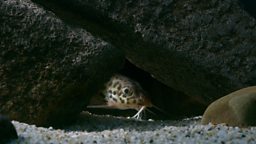
Once they detect spawning cichlids on the bottom of the lake, shoals of catfish approach en masse, consuming the cichlid eggs whilst simultaneously laying their own.
The female cichlid unwittingly collects both her own eggs and those of the catfish
The female cichlid unwittingly collects both her own eggs and those of the catfish before finding a protected nook to incubate her eggs in her mouth over a period of 2-3 weeks. However the cuckoo catfish eggs develop quicker, hatching first, whereupon the catfish fry either eat the cichlid fry in the mouth of their mother to be, or cause her to eject her fry prematurely.
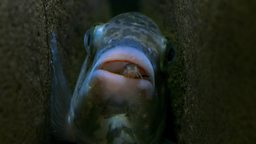
The Seven Worlds, One Planet team wanted to film this behaviour for the Africa show. Across the series we were aiming to find new and surprising stories just like this.
cuckoo catfish are extraordinarily shy, and their eggs are little bigger than a pinhead
Using drones and underwater photography, we captured the kaleidoscope of cichlid species, and the mouth brooding behaviour on camera. But to film the cuckoo catfish in action was an entirely different prospect.
The bottom of lake Tanganyika is murky with very little available light. Cuckoo catfish are extraordinarily shy, and their eggs are little bigger than a pinhead. On top of this the parasitism behaviour is highly unpredictable, so seeing, let alone filming it, is virtually impossible.
To capture this scene in detail, the Seven Worlds, One Planet team collaborated with scientists from the institute of vertebrate biology in Brno in the Czech Republic, who are studying the brood parasitism of this species to better understand how cichlids are able to detect this trickery. A month before filming, the team rigged bespoke lighting at a research aquarium, allowing the fish to get used to marginally increased light levels day by day. This, together with low light camera technology, enabled them to witness the behaviour first hand, and crucially do so without disturbing the fish.
It also meant the team could spend 14 hours every day for two weeks, waiting to film this rare behaviour - something that would not have been possible in the murky depths of Lake Tanganyika. Filming in tanks allowed the team to position cameras just centimetres from spawning cichlids and eventually capture this rare event in unprecedented detail.
On location
-
![]()
The crew's most memorable filming moments
Read the article
-
![]()
The quest to film the elusive brown hyena
Watch the video
-
![]()
A fish tale with a twist
Read the article
-
![]()
Tales from Tennessee
Red the article
-
![]()
Firefly fireworks
Read the article
-
![]()
Filming in Frozen Swamps
Read the article
-
![]()
The roadie experience
Read the article
-
![]()
Drama in the troop
Read the article
-
![]()
Flying underground
Watch the video
-
![]()
Filming dragons
Read the article
-
![]()
Devils on the edge
Watch the video
-
![]()
How drones helped reveal the wonders of Seven Worlds
Read the article
-
![]()
A Peek-a-Boo veteran in the jungles of Australia
Read the article
-
![]()
Finding and filming wildlife in the jungle
Read the article
-
![]()
Walking with cats
Read the article
-
![]()
A bear called Paddington
Watch the video
-
![]()
Hiding in plain sight
Watch the video
-
![]()
Walrus on the edge
Read the article
-
![]()
Bears in the Valley of the Geysers
Read the article
-
![]()
The search for the fin whale
Watch the video
-
![]()
Gentle giants
Watch the video
-
![]()
Extreme parenting
Watch the video
Saving Seven Worlds
-
![]()
The last rhinos
Watch the video
-
![]()
Colliding worlds
Watch the video
-
![]()
A lifeline for the Iberian lynx
Read the article
-
![]()
Rainforest invaders
Watch the video
-
![]()
Australia's hidden past
Watch the video
-
![]()
Protecting a South American wonder of the world
Read the article
-
![]()
The vanishing forest
Watch the video
-
![]()
How you can save Asia’s jungles
Read the article
-
![]()
A sanctuary for the endangered whale shark
Read the article
-
![]()
First steps to safety
Watch the video
-
![]()
A frozen continent in a warming world
Read the article
-
![]()
The grey headed albatross faces extinction
Watch the video
-
![]()
The fisherman's good luck omen
Watch the video
-
![]()
Fur seals pups have the base surrounded
Watch the video
-
![]()
The Southern Ocean is a globally important carbon sink
Watch the video
-
![]()
An alien invader is colonising Antarctic waters
Watch the video
